Giant gas planets, like Jupiter, may serve as protectors in our own solar system, deflecting comets and asteroids away from Earth and fostering conditions conducive to life. However, new research reveals that huge planets in other star systems can play a very different role — disrupting the chances for life on their smaller, Earth-like neighbors.
In a new study, UC Riverside researchers explored how massive gas planets in a nearby star system could potentially eject Earth-like planets from the “habitable zone.” This zone is the range of distances from a star where conditions are warm enough for liquid water to exist on a planet’s surface, a crucial factor for the existence of life.
In the star system HD 141399, which differs from most known solar systems due to the relatively greater distance of its four giant planets from the star, these planets act as “wrecking balls,” causing gravitational disruptions.
“It’s as if they have four Jupiters acting like wrecking balls, throwing everything out of whack,” says study author Stephen Kane, UC Riverside astrophysicist, in a university release.
To understand the effects of these massive planets, Kane ran computer simulations focusing on the habitable zone within this star system. While it is theoretically possible for an Earth-like planet to remain in a stable orbit within the habitable zone, it is highly unlikely.
“There are only a select few areas where the giants’ gravitational pull would not knock a rocky planet out of its orbit and send it flying right out of the zone,” explains Kane.
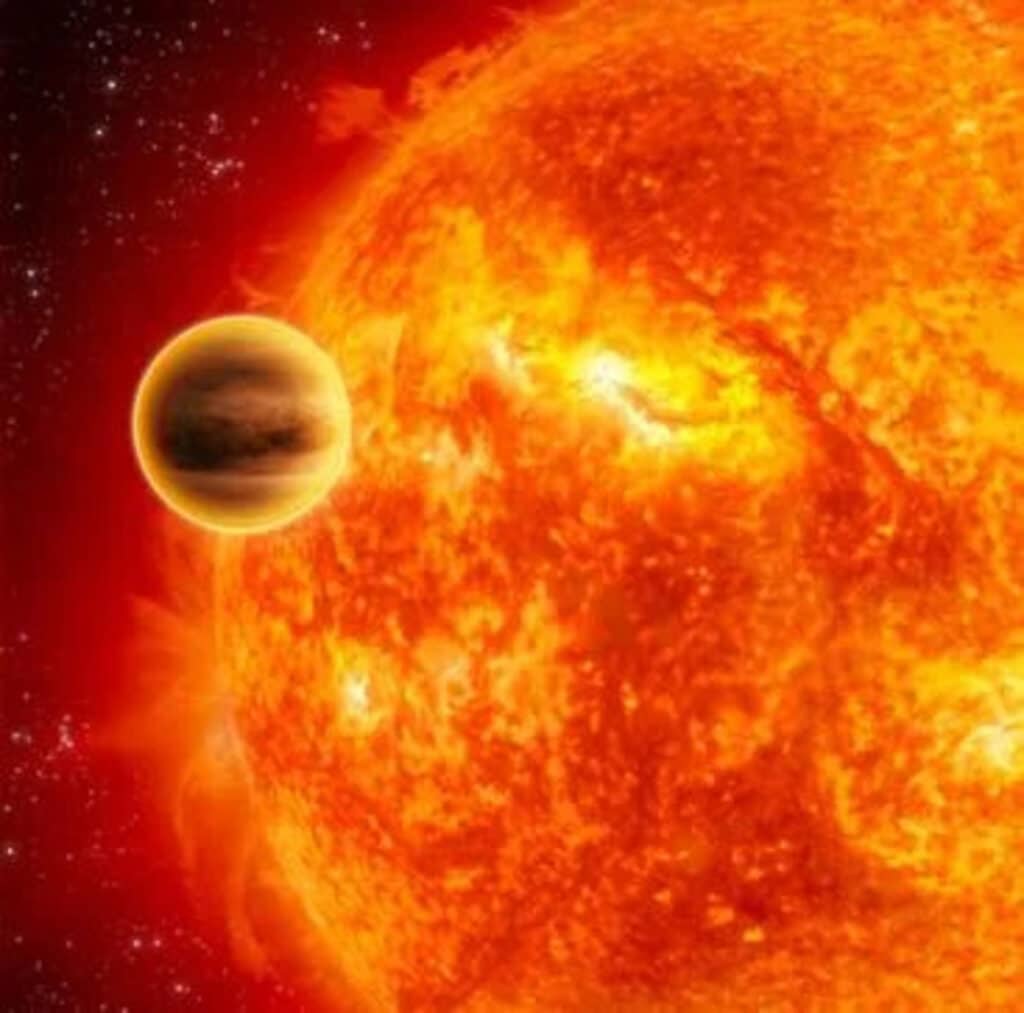
Another related study examines the GJ 357 star system, located a mere 30 light years away from Earth. The research reevaluates the properties of a planet in this system, GJ 357 d, previously thought to reside in the habitable zone. Kane’s findings suggest that GJ 357 d may be substantially larger than initially estimated, potentially up to 10 times the mass of Earth, making it an unlikely candidate for hosting life as we know it.
Furthermore, the study shows that if GJ 357 d is indeed significantly larger, it would disrupt the possibility of other Earth-like planets coexisting within the habitable zone of this star system. Although some locations within the habitable zone may theoretically support an Earth-like planet, their orbits would be highly elliptical, resulting in extreme and unpredictable climates.
Kane emphasizes that these studies offer valuable insights into the rarity of conditions suitable for hosting life elsewhere in the universe.
“Our work gives us more reasons to be very grateful for the particular planetary configuration we have in our solar system,” says Kane.
The study is published in the The Astronomical Journal.
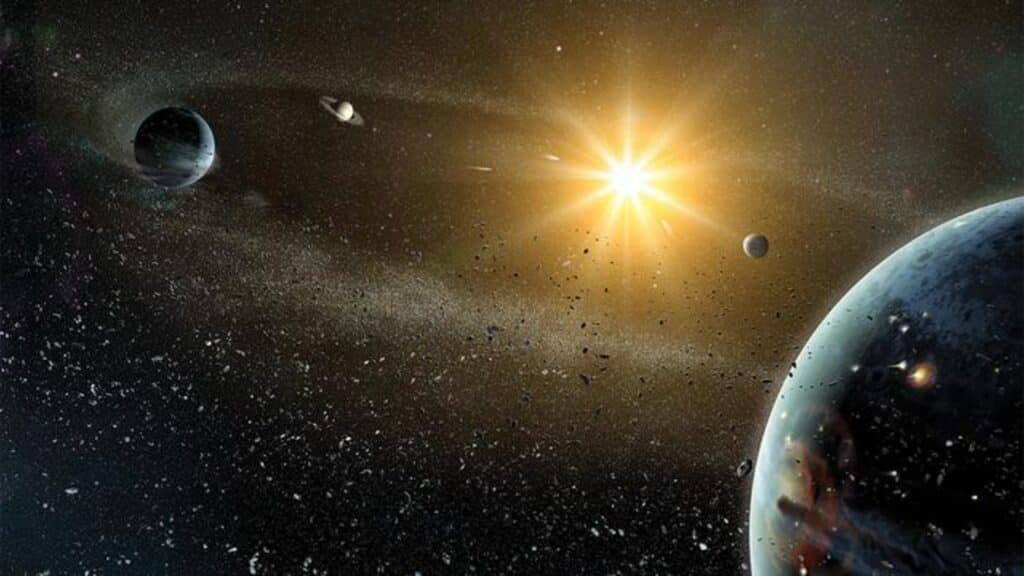
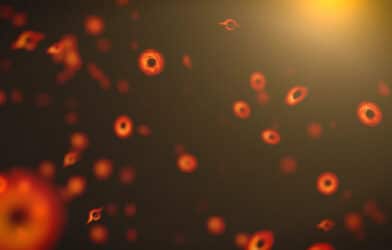
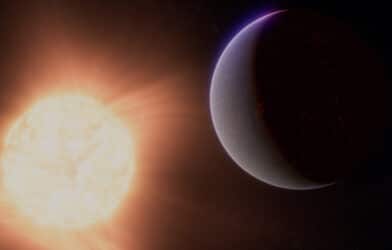
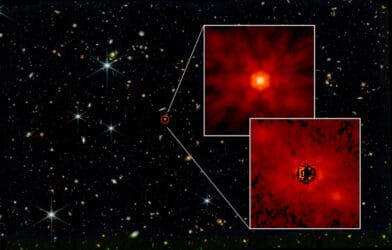



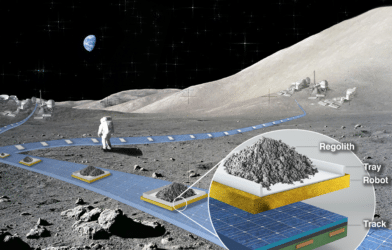
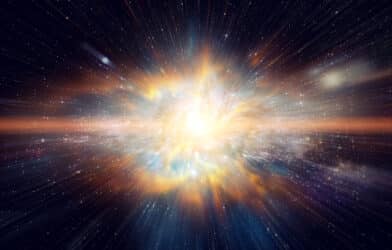
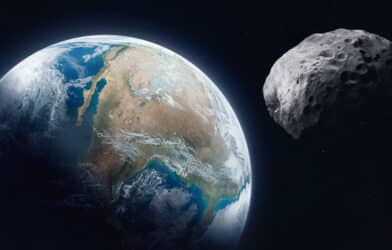



This research implicitly suggests Velikovski was right in ‘Worlds in Collision’, Earth a creation by Jupiter; i.e. Mars and Venus switched orbits, discharges from Mars hit Italy… the Greeks were on onto it also: the head, Jupiter, ‘birthed’. It may mean that sun and planets are a kind of conscious beings… ‘gods’ in the old worldviews: bring on the conscious universe IONS, Shelldrake and others.
If slowly falling into the sun, like all other planets, creations of gas giant Jupiter, our second sun, humans are microscopic in size and time: aware microbes… Time for us to admit we’re co-dependent on nature, instead of destroying all for short-term material comfort. Our future lies in evolving for dangerous group primate to galactic caretakers… it also confirms the likelihood of afterlife, Earth a ‘purgatory’, school.